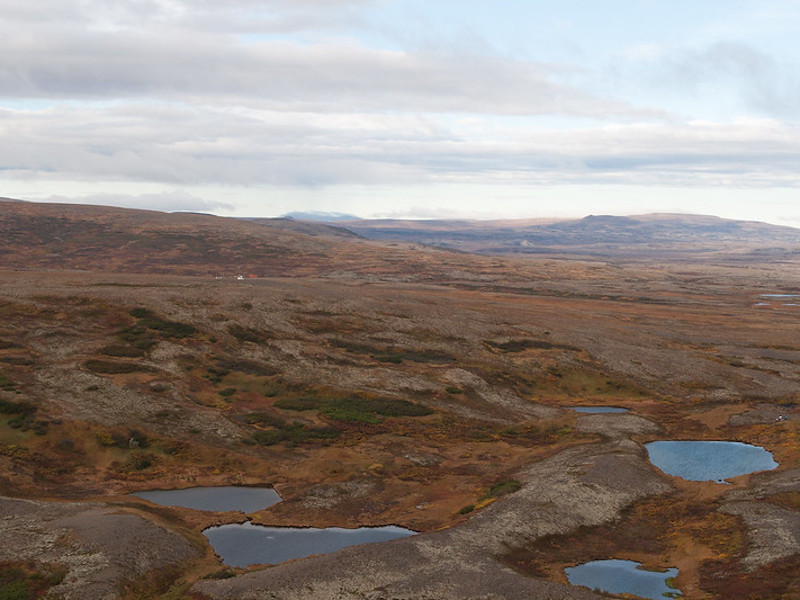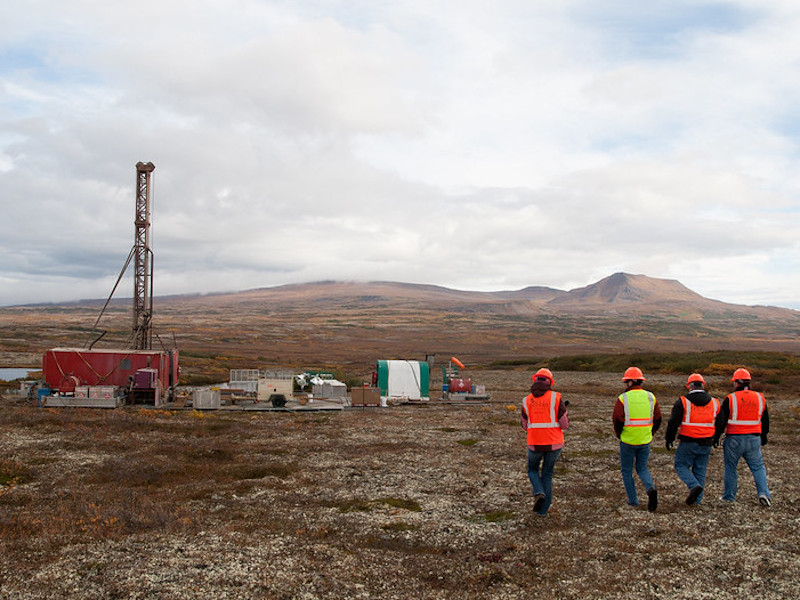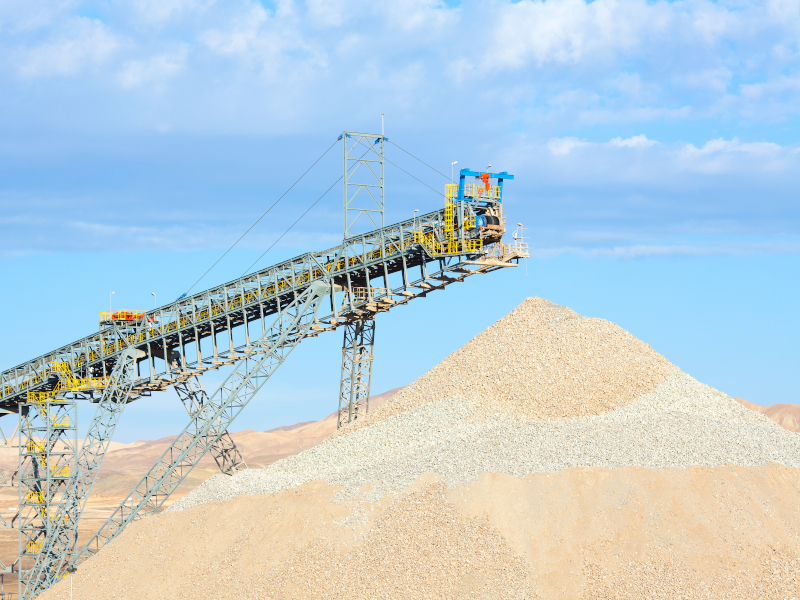The Pebble project is a world-class copper-gold-molybdenum porphyry deposit proposed to be developed as an open-pit mine in Alaska, US. The Pebble deposit was discovered by Cominco in 1988.
Pebble Limited Partnership, a wholly-owned subsidiary of Canada-based Northern Dynasty Minerals, is the project developer. It is a controversial mining project as several communities in the Bristol Bay area have been raising concerns about the possible adverse impact of the mine development, especially on the sockeye salmon fishery.
The US Army Corps of Engineers released the final environmental impact statement for the Pebble project in July 2020. The operator is expected to receive all the necessary permits to start the mine construction by 2023. Northern Dynasty Minerals has plans to partner with one or more mining companies for the development of Pebble mine.
The main components of the project will include the development of the mine site, building a port near Diamond Point, constructing the transportation infrastructure between the port and the mine site, and laying a natural gas pipeline from the Kenai Peninsula, Alaska, to the mine site.
Project Gallery
The mine construction works are expected to take approximately four years. The project is expected to mine approximately 1.44 billion tonnes of mineralised ore over an estimated initial mine life of 20 years. The Pebble project is expected to produce a total of 7.4 billion pounds of copper, 398 million pounds of molybdenum, and 12.1 million ounces of gold over the initial mine life.
Location, geology, and reserves
The Pebble mine is located in permafrost-free terrain near Iliamna Lake in southwest Alaska, approximately 322km southwest of Anchorage and 97km west of Cook Inlet. The mine site is spread over approximately 8,390 acres.
The Pebble mine is a porphyry copper deposit hosted by the sedimentary rocks, termed as flysch, as well as the intrusive igneous rocks emplaced into the flysch.
The combined measured and indicated resources for the total Pebble deposit are estimated to be approximately 7.1 billion tonnes containing 57 billion pounds of copper, 70 million ounces of gold, 344 million ounces of silver, and 3.42 billion pounds of molybdenum. The deposit also contains palladium and rhenium.
Mining and processing details
The conventional open-pit mining method involving drill, blast, truck, and shovel operations will be employed for the Pebble mine. The final dimensions of the open pit will be approximately 2,073m-long, 1,707m-wide, and 594m-deep.
The preproduction phase of the mine includes pit area dewatering and mining of approximately 33 million tonnes of non-economic materials overlying the mineralised material.
The mining equipment will include track-mounted electric shovels, diesel hydraulic shovels, wheel loaders, and diesel off-highway haul trucks.
The extracted ore will be crushed to approximately six inches in the crushing plant and the crushed material will be transported on a conveyer belt to a coarse ore stockpile. Later, the material will be fed into semi-autogenous grinding (SAG) and ball mills to further reduce its size.
The material will then undergo froth flotation for the production of copper-gold and molybdenum concentrates. The copper-gold concentrate slurry will be transported by a pipeline to the Diamond Point port, while the molybdenum concentrate will be filtered and bagged at the mine site and transported in conventional shipping containers to the port.
The milling rate will be up to 66 million tonnes per annum (Mtpa) while the average annual production of copper-gold concentrate (dry concentrate) and molybdenum concentrate (dry concentrate) is expected to be 613,000t and 15,000t respectively.
The 613,000t of copper-gold concentrate will contain approximately 318 million pounds of copper, 362,000 ounces of gold, 1.8 million ounces of silver, while the 15,000t of molybdenum concentrate will contain approximately 14 million pounds of molybdenum.
Tailings storage and power plant
During the ore processing, two types of tailings including bulk and pyritic tailings will be produced namely. The bulk and pyritic tailings will be thickened and pumped to bulk tailings storage facility (TSF) and pyritic TSF respectively. The project will not use cyanide leach for the secondary recovery of gold from the pyritic tailings.
The total capacity of the two TSFs will be approximately 1.3 billion tonnes over the 20-year operational life of the mine.
A 270MW gas-fired power plant is proposed to be constructed in the mine site. The natural gas will be supplied to the power plant through a proposed pipeline from the Kenai peninsula. The diesel generators will provide emergency power back-up for the mining operations.
Transportation infrastructure and gas pipeline
The operator proposes to construct a 129km-long two-lane road from the mine site to the Diamond Point port. The plan also includes laying natural gas, concentrate, and return water pipelines along the same route.
The 264km-long natural gas pipeline will originate at Anchor Point on the Kenai Peninsula and terminate at the mine site. A 121km-long section of the pipeline will pass through Cook Inlet. The design capacity of the pipeline will be approximately 50 million cubic feet a day. The pipeline will have a compressor station in Kenai Peninsula and an offtake point in the Diamond Point port. A fibre optic cable will also be laid along with the natural gas pipeline.
Diamond Point port
The proposed port will be located to the north of Diamond Point in Iliamna Bay approximately 266km southwest of Anchorage, Alaska.
The onshore facilities at the port will include concentrate dewatering, container storage yard, fuel storage, and transfer facilities, a power generation facility, and a return water pipeline pump station. The gas-fired power generation facility will receive natural gas from the proposed Kenai Peninsula to mine site gas pipeline.
The marine facilities will include a concrete caisson-supported access causeway, marine jetty, and barge loader. The copper-gold concentrate will be transported on barges and loaded on bulk carriers stationed approximately 13km from the port in Iniskin Bay.



